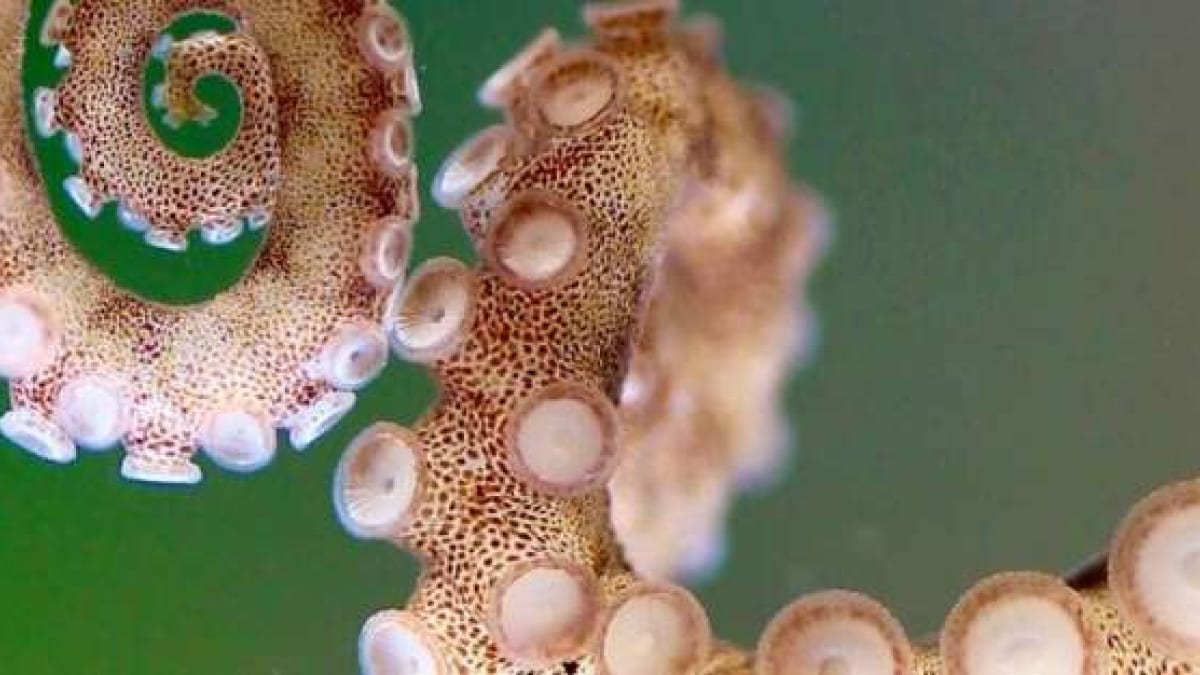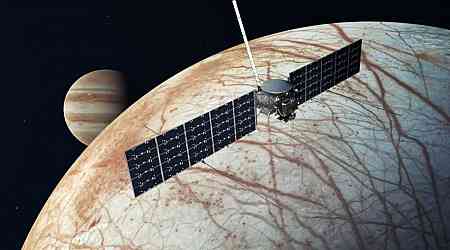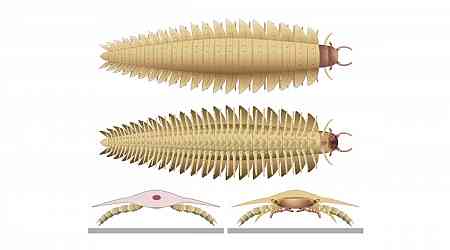Researchers at San Francisco State University have taken a significant step in understanding the complexity of octopus arms by creating three-dimensional maps that detail the intricate nervous system within the arms. Unlike humans, whose brains control all motor functions, octopus arms seem to function semi-independently, almost as if each arm possesses its own “spinal cord.” This autonomy helps these creatures to perform complicated tasks. These tasks can range from opening jars and using tools, all while the brain has limited direct control over each arm.
Advanced Mapping Offers New Insights
The research, led by Robyn Crook, Associate Professor and Associate Chair of the SF State Biology Department, addresses a long-standing question in marine biology: how do octopus arms manage such complex behaviours without constant input from the brain? Using advanced 3D imaging techniques, Gabrielle Winters-Bostwick, a postdoctoral fellow, and Diana Neacsu, a graduate student, have created detailed anatomical and molecular maps that reveal the unique organisation of octopus arms.
Winters-Bostwick's study used molecular tags to highlight different types of neurons, unveiling that the neurons at the arm's tip differ significantly from those located near the central brain. Meanwhile, Neacsu employed 3D electron microscopy to explore the structural organisation, discovering repeating patterns in nerve branches and ganglia across the arm.
Crucial Role of Advanced Imaging
The studies were made possible by SF State's advanced imaging technology, particularly the Leica STELLARIS microscope housed in the University's Cellular and Molecular Imaging Centre (CMIC). This resource has been a game-changer for the team. “Without this microscope, much of our research wouldn't have been possible,” Crook remarked.
The findings from these maps could revolutionise our understanding of octopus physiology, and the tools developed will likely be adopted by other labs studying cephalopod neuroscience. Researchers aim to investigate how octopus arms respond to stimuli and explore the evolutionary reasons behind their unique nervous system structure.
































